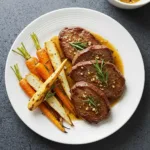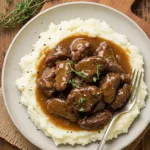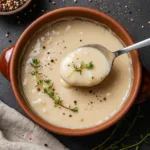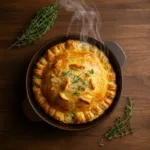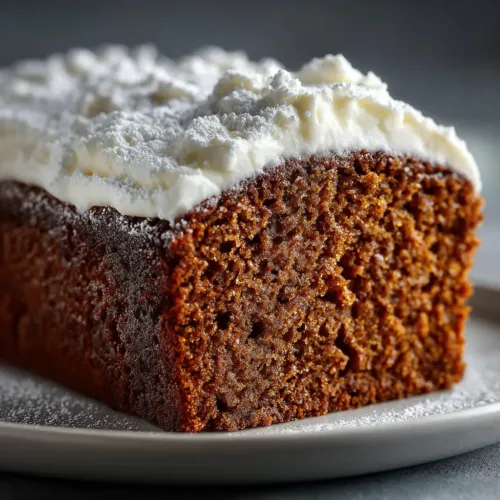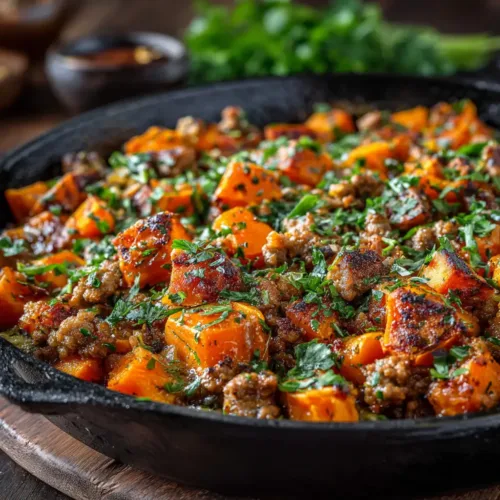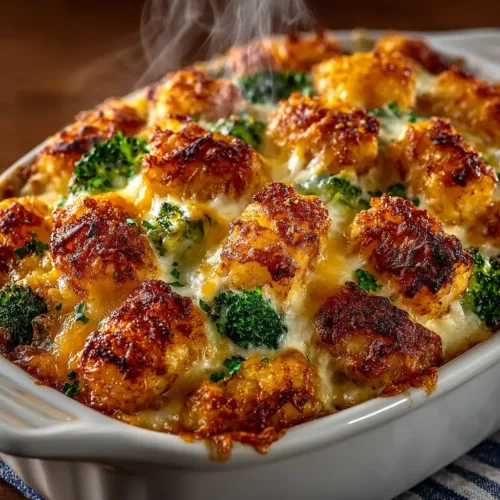Recipe Overview
Why You’ll Absolutely Love This Elk Roast Recipe
Craving a truly special meal that’s both impressive and deeply satisfying? Imagine sinking your fork into a fork-tender, richly flavored elk roast, infused with aromatic herbs and spices, and cooked to juicy perfection. This isn’t just dinner; it’s an experience. Our elk roast recipe delivers a restaurant-quality dish right in your own kitchen, showcasing the magnificent flavor of wild game while being surprisingly easy to prepare. Plus, elk is a lean and healthy protein, making this a guilt-free indulgence. Ready to discover the magic of cooking elk roast? Keep reading – you won’t be disappointed!
Printable Recipe Card: Your Easy Elk Roast Recipe Guide!

Savory & Tender Elk Roast Recipe: Wild Game Perfection!
Method
- Preheat the oven to 325°F (160°C). Pat the elk roast dry with paper towels. Season generously with salt and pepper on all sides.
- Heat olive oil in a large roasting pan or Dutch oven over medium-high heat. Sear the elk roast on all sides until browned, about 2-3 minutes per side. Remove the roast from the pan and set aside.
- Add onion, carrots, and celery to the pan and sauté until softened, about 5-7 minutes. Add garlic and cook for another minute until fragrant.
- Pour in red wine to deglaze the pan, scraping up any browned bits from the bottom. Add beef broth, Worcestershire sauce, thyme, and rosemary. Bring to a simmer. Place the elk roast back into the pan, nestling it among the vegetables. The liquid should come about halfway up the roast; add more broth if needed.
- Cover the roasting pan tightly with a lid or foil. Transfer to the preheated oven and roast for 2.5-3 hours, or until the elk roast is fork-tender and reaches an internal temperature of 145°F (63°C) for medium-rare, 155°F (68°C) for medium, or 165°F (74°C) for well-done. Use a meat thermometer to check the temperature.
- Remove the elk roast from the oven and let it rest, covered, for at least 15-20 minutes before carving. This allows the juices to redistribute, resulting in a more tender and flavorful roast. Carve the elk roast against the grain and serve with the pan juices and roasted vegetables.
Nutrition
Notes
- For a richer flavor, marinate the elk roast overnight in red wine with herbs and garlic.
- If you prefer a thicker gravy, remove the roast and vegetables after cooking. Strain the pan juices into a saucepan and simmer over medium heat until reduced to your desired consistency. You can also thicken it with a cornstarch slurry if needed.
- Serve with roasted potatoes, mashed potatoes, or polenta for a complete meal.
Tried this recipe?
Let us know how it was!What You’ll Need: Ingredients for This Elk Roast Recipe
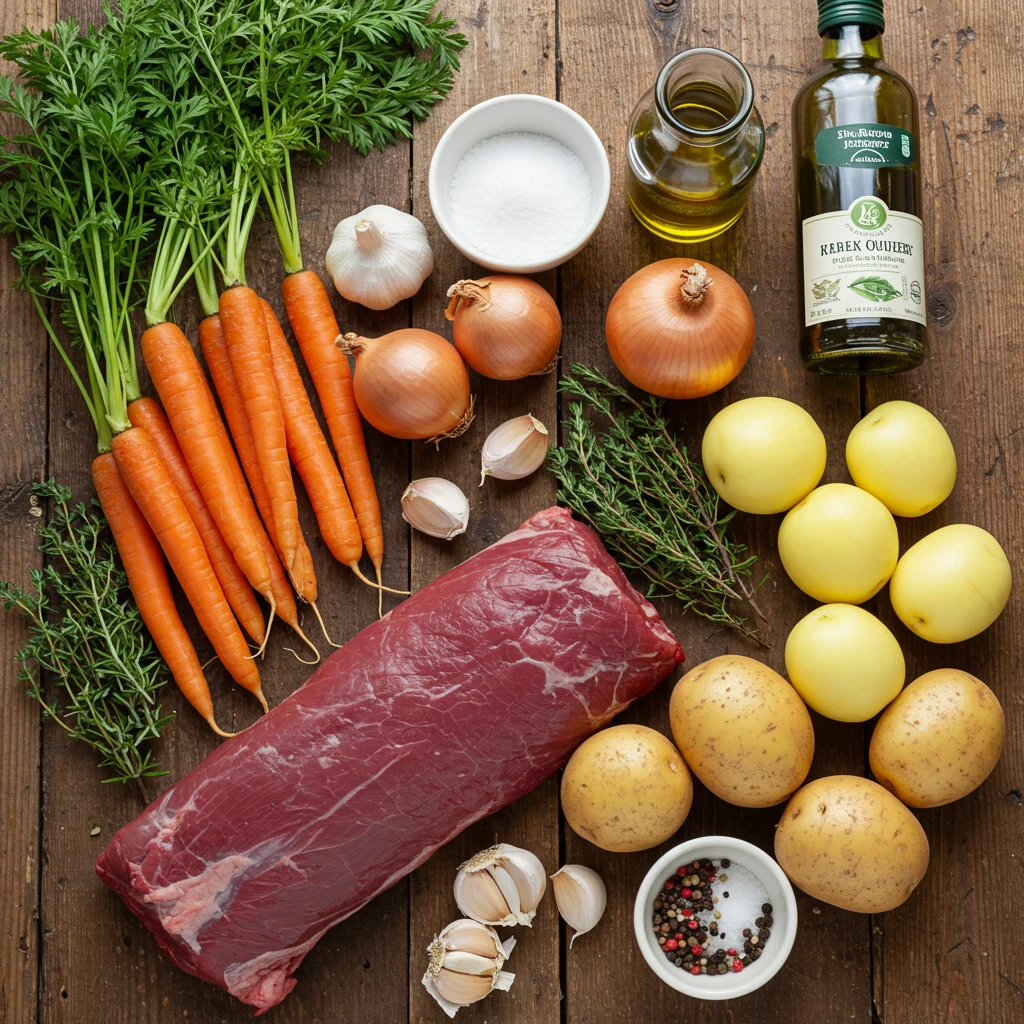
Full Ingredient List:
- 3-4 lb Elk Roast (shoulder or rump roast recommended)
- 2 tablespoons Olive Oil
- 1 large Yellow Onion, roughly chopped
- 2 Carrots, roughly chopped
- 2 Celery stalks, roughly chopped
- 4 cloves Garlic, minced
- 1 tablespoon Fresh Rosemary, chopped (or 1 teaspoon dried)
- 1 tablespoon Fresh Thyme, chopped (or 1 teaspoon dried)
- 1 teaspoon Dried Oregano
- 1 teaspoon Salt, or to taste
- 1/2 teaspoon Black Pepper, or to taste
- 1 cup Beef Broth
- 1/2 cup Red Wine (optional, but recommended for richer flavor)
- 2 tablespoons All-Purpose Flour (or cornstarch for gluten-free)
- 2 tablespoons Water
Smart Ingredient Swaps and Easy Substitutions:
- No Red Wine? No Problem! If you don’t have red wine on hand, you can substitute with more beef broth or even a tablespoon of balsamic vinegar for depth of flavor. For a non-alcoholic option, try using cranberry juice or grape juice to add a touch of sweetness and acidity.
- Fresh Herbs Out? Dried is Fine! While fresh herbs offer a brighter flavor, dried herbs work perfectly well in this elk roast recipe. Just remember that dried herbs are more potent, so use about 1/3 of the amount called for with fresh herbs. For example, 1 tablespoon of fresh rosemary is equivalent to 1 teaspoon of dried rosemary.
- Vegetable Variations: Feel free to add other root vegetables to your roast, such as parsnips, potatoes, or sweet potatoes. Just adjust cooking time if you add denser vegetables like potatoes, ensuring they are tender.
Budget-Friendly Tips and Finding Ingredients:
- Source Your Elk Wisely: Elk can be purchased from specialty butchers, farmers markets, or online retailers specializing in game meats. Sometimes, buying directly from a local rancher or farmer can be more budget-friendly. Consider buying in bulk and freezing portions if you find a good deal.
- Utilize Affordable Cuts: Shoulder or rump roasts are generally more affordable cuts of elk and are perfect for roasting as they become incredibly tender when cooked low and slow. These cuts are often labeled as “pot roast” cuts.
- Stretch the Meal: Serve your elk roast with hearty, budget-friendly sides like mashed potatoes, roasted root vegetables, or a simple green salad with a vinaigrette. Leftover elk roast can be shredded and used in sandwiches, tacos, or stews to extend your meal.
- Herbs from Your Garden (or Dried!): Growing your own herbs is a fantastic way to save money and have fresh flavors readily available. If you don’t have fresh herbs, dried herbs are a pantry staple and are very cost-effective.
Let’s Get Cooking! How to Make This Elk Roast Recipe Step-by-Step
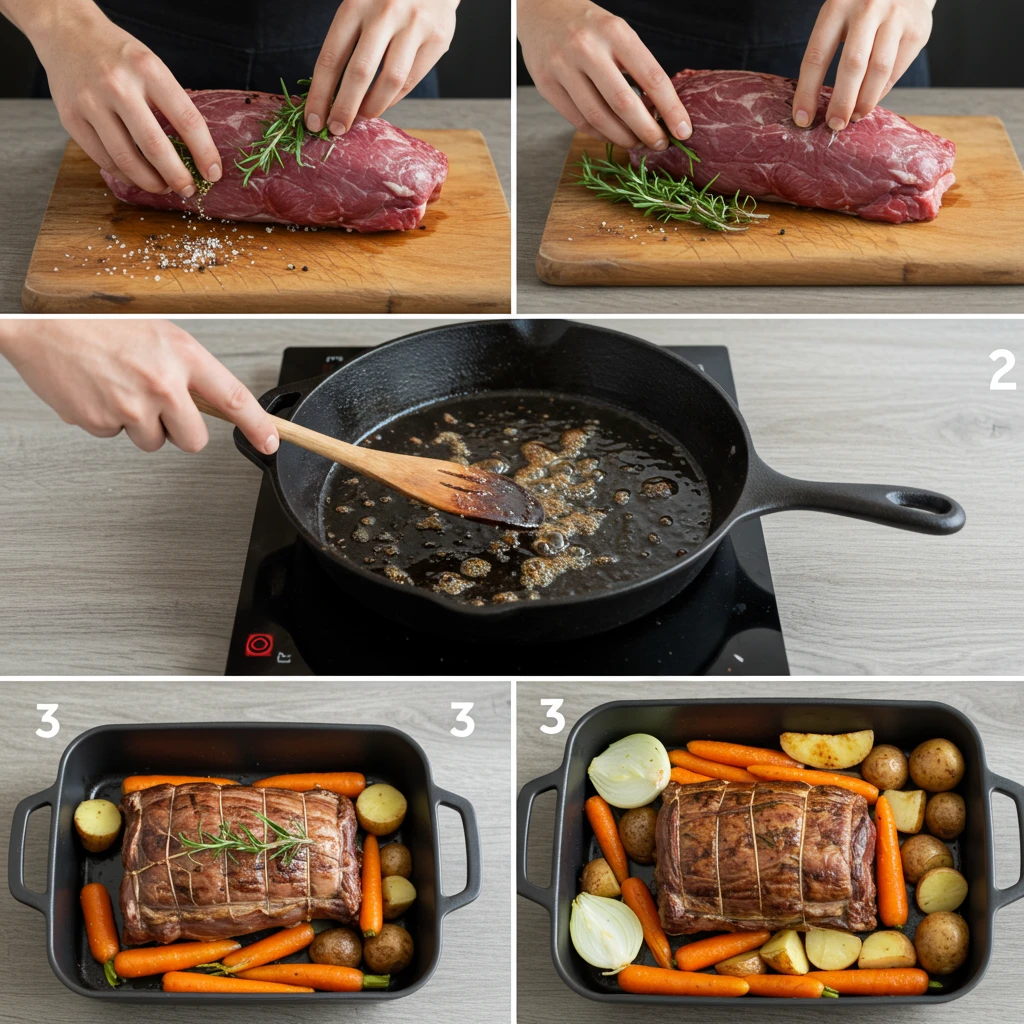
Prep the Elk: Pat your elk roast dry with paper towels. This helps achieve a beautiful sear. Season generously on all sides with salt and pepper. Don’t be shy with the seasoning – elk is lean and can handle robust flavors.
FAQ: Why pat the roast dry? Patting the meat dry removes surface moisture, which inhibits browning. Browning, through the Maillard reaction, creates deeper flavors and a more appealing texture.
Sear the Roast: Heat olive oil in a large Dutch oven or heavy-bottomed pot over medium-high heat. Once the oil is shimmering (but not smoking), carefully place the elk roast in the hot pot. Sear for 3-4 minutes per side, until deeply browned. Don’t overcrowd the pot; sear in batches if necessary to ensure proper browning. Remove the roast and set aside.
Tip: Don’t move the roast around while searing! Allow the roast to sit undisturbed in the hot pot to develop a good crust. Patience is key to a perfect sear.
Sauté Aromatics: Reduce the heat to medium. Add the chopped onion, carrots, and celery to the pot. Cook, stirring occasionally, for 5-7 minutes, or until the vegetables begin to soften and become fragrant. Add the minced garlic, rosemary, thyme, and oregano. Cook for another minute until fragrant. Stir frequently to prevent garlic from burning.
FAQ: Why sauté the vegetables first? Sautéing the vegetables before roasting softens them, releases their flavors, and creates a flavorful base for the roast and gravy.
Deglaze the Pot: Pour in the red wine (if using) and beef broth. Bring to a simmer, scraping up any browned bits from the bottom of the pot with a wooden spoon. These browned bits, called fond, are packed with flavor and will enrich your gravy.
Tip: Deglazing is crucial for flavor! Don’t skip this step. The liquid helps to lift all the delicious browned bits from the pot, adding depth and complexity to the sauce.
Return the Roast and Braise: Return the seared elk roast to the pot, nestling it among the vegetables. The liquid should come about halfway up the roast – add a little more broth if needed. Bring the liquid back to a simmer, then cover the pot tightly.
Braising Time: Reduce the heat to low and braise for 3-4 hours, or until the elk roast is fork-tender. The exact cooking time will depend on the size and cut of your roast. Check for tenderness after 3 hours by inserting a fork into the thickest part of the roast; it should easily pull apart.
Variation: Slow Cooker Elk Roast: For a hands-off approach, you can easily adapt this recipe for a slow cooker. Sear the roast and sauté the vegetables as directed, then transfer everything to your slow cooker. Cook on low for 6-8 hours or on high for 3-4 hours, or until the roast is fork-tender.
Make the Gravy: Once the roast is tender, carefully remove it from the pot and set aside to rest, loosely tented with foil. This resting period allows the juices to redistribute, resulting in a more tender and flavorful roast.
In a small bowl, whisk together the flour (or cornstarch) and water until smooth to create a slurry. Bring the liquid in the pot to a simmer over medium heat. Gradually whisk in the flour slurry. Simmer, stirring constantly, for 5-7 minutes, or until the gravy has thickened to your desired consistency. Season the gravy with additional salt and pepper to taste.
FAQ: Why rest the roast? Resting allows the muscle fibers to relax and reabsorb juices that are pushed out during cooking. This results in a more moist and tender roast. Aim for at least 15-20 minutes of resting time.
Serve: Slice or shred the elk roast against the grain and serve immediately, generously spooning the flavorful gravy over the top. Garnish with fresh rosemary or thyme, if desired.
Serving Suggestion: Serve your delicious elk roast with creamy mashed potatoes and roasted asparagus for a complete and satisfying meal.
Expert Chef’s Tips and Tricks for the Best Elk Roast Recipe
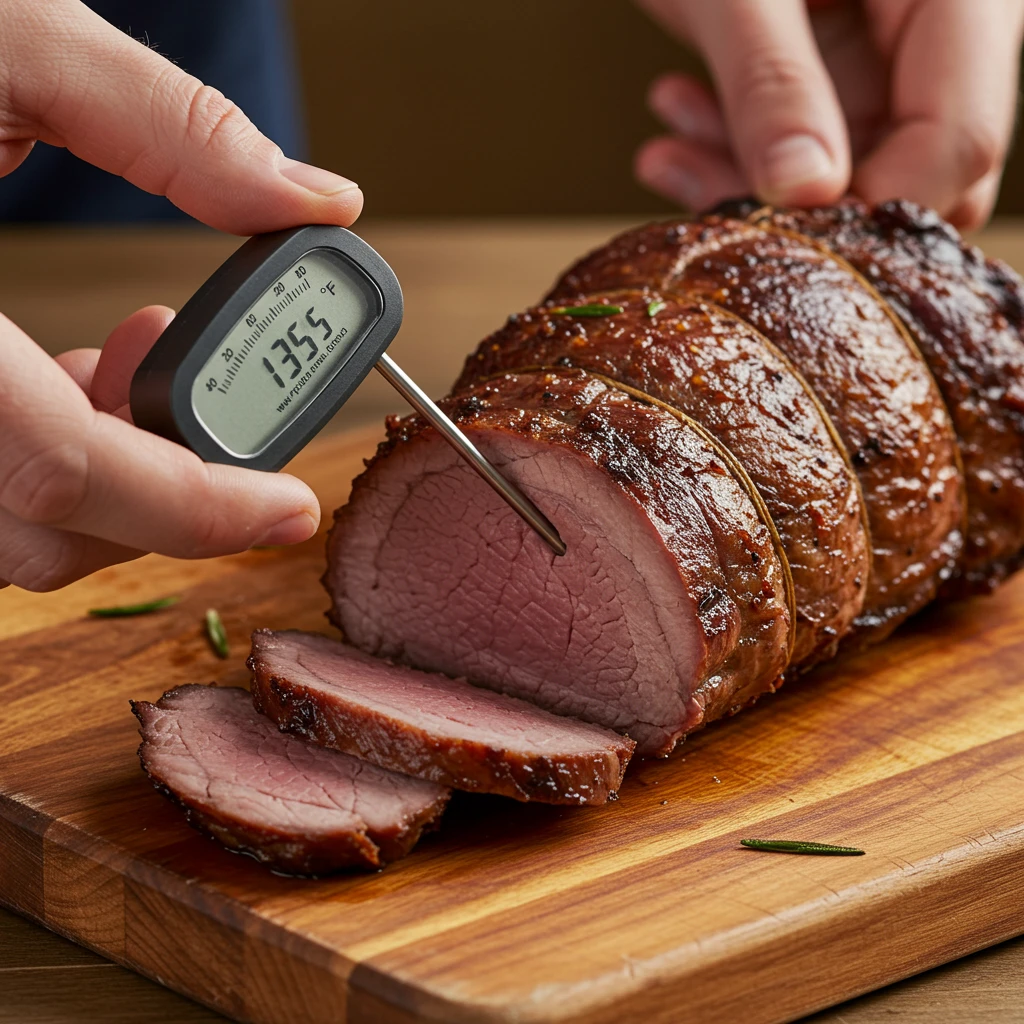
Flavor Boosting Secrets:
- Marinate for Deeper Flavor: For an even more intense flavor, consider marinating your elk roast overnight. A simple marinade of red wine, olive oil, garlic, herbs, and a touch of balsamic vinegar will work wonders.
- Bone-In Roast for Richness: If you can find a bone-in elk roast, it will impart even more flavor and richness to your dish during cooking. The bone marrow adds depth and moisture.
- Wine Pairing in the Roast and Glass: Using a good quality red wine in the braising liquid enhances the flavor profile. Pair the finished elk roast with the same (or similar) red wine you used for cooking for a cohesive dining experience.
- Umami Boost with Tomato Paste: For an extra layer of savory umami flavor, stir in a tablespoon of tomato paste along with the garlic and herbs. Cook the tomato paste for a minute or two to caramelize it slightly before adding the liquids.
Achieving Perfect Tenderness:
- Low and Slow is Key: Elk is lean, so it benefits from low and slow cooking methods like braising. This gentle cooking process breaks down tough connective tissues, resulting in a melt-in-your-mouth tender roast.
- Don’t Overcook: Overcooked elk can become dry and tough. Cook until it’s fork-tender but still slightly pink in the center for optimal juiciness. Use a meat thermometer to check the internal temperature if you are unsure (aim for around 145°F for medium-rare to medium).
- Resting is Non-Negotiable: As mentioned before, resting the roast is crucial for tenderness. Don’t skip this step!
Make-Ahead Magic:
- Prepare Ahead of Time: You can sear the roast and sauté the vegetables a day ahead of time. Store them separately in the refrigerator. The next day, simply combine everything in the pot and continue with the braising process. This is a great time-saver when entertaining.
- Make-Ahead Gravy: The gravy can also be made ahead of time. Prepare it as directed, then store it in the refrigerator. Reheat gently before serving, adding a little broth or water if needed to thin it out.
Serving Suggestions: Perfect Pairings for Your Elk Roast Recipe
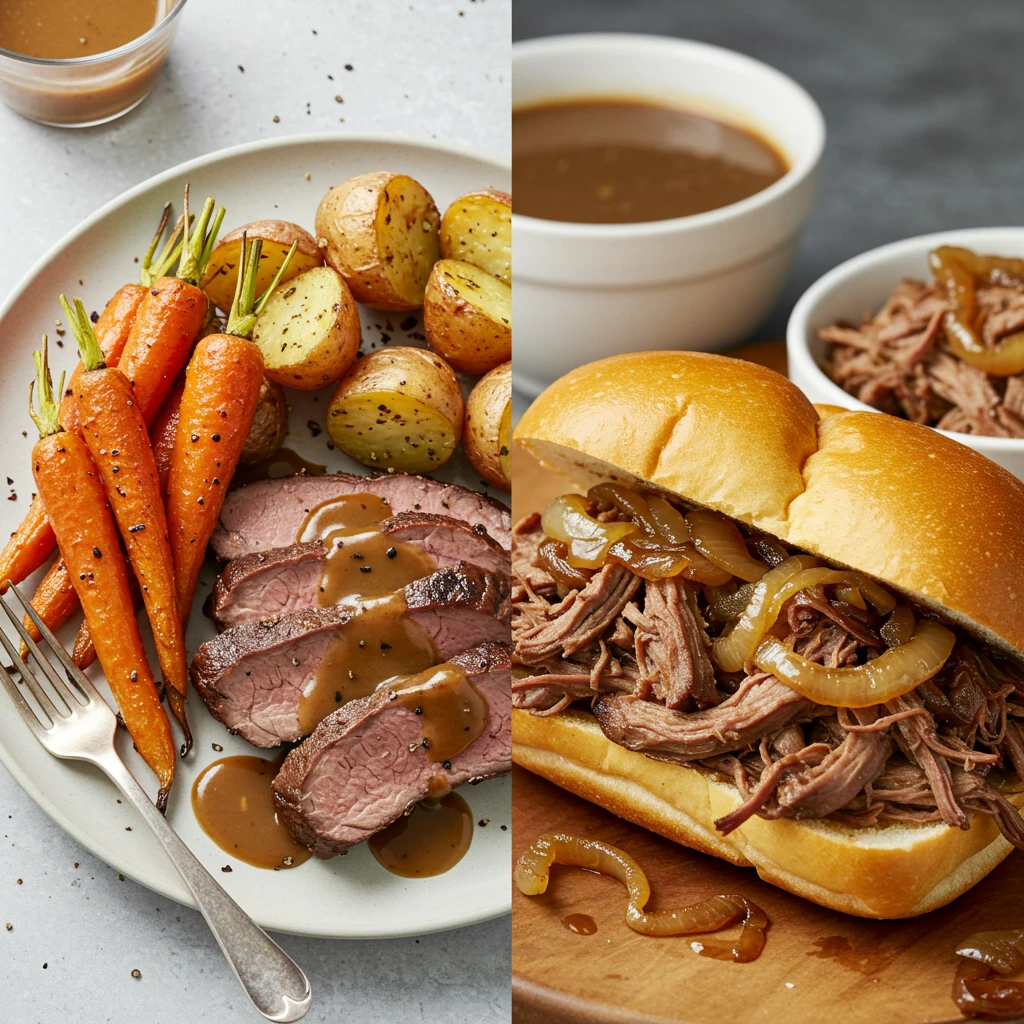
A perfectly cooked elk roast deserves equally delicious accompaniments. Here are some serving suggestions to create a memorable meal:
Classic Comfort Sides:
- Creamy Mashed Potatoes: The richness of mashed potatoes complements the savory elk roast beautifully. Consider adding roasted garlic or herbs to your mashed potatoes for extra flavor.
- Roasted Root Vegetables: Carrots, parsnips, potatoes, and sweet potatoes roasted with herbs and olive oil are a natural pairing for elk. Their sweetness balances the savory meat.
- Buttered Egg Noodles: Wide egg noodles tossed with butter and parsley are a simple yet satisfying side that soaks up the delicious gravy.
- Creamy Polenta: Polenta provides a comforting and flavorful base for sliced elk roast and gravy.
Fresh and Vibrant Sides:
- Roasted Asparagus or Green Beans: A simple side of roasted asparagus or green beans adds a touch of freshness and color to the plate.
- Winter Salad with Vinaigrette: A hearty winter salad with mixed greens, cranberries, pecans, and a tangy vinaigrette offers a nice contrast to the richness of the roast.
- Sautéed Spinach with Garlic: A quick and easy side dish that adds nutrients and a pop of green.
Drink Pairings:
- Red Wine: A medium-bodied red wine like Pinot Noir, Merlot, or Cabernet Franc pairs wonderfully with elk roast. The earthy notes and tannins complement the gamey flavor of the meat.
- Hearty Beer: A robust porter or stout can also be a great pairing, especially for a more casual meal. The malty flavors and richness of these beers stand up well to the elk.
- Non-Alcoholic Options: Cranberry juice, sparkling cider, or even a robust black tea can be enjoyable non-alcoholic pairings.
How to Store and Reheat Your Delicious Elk Roast Recipe
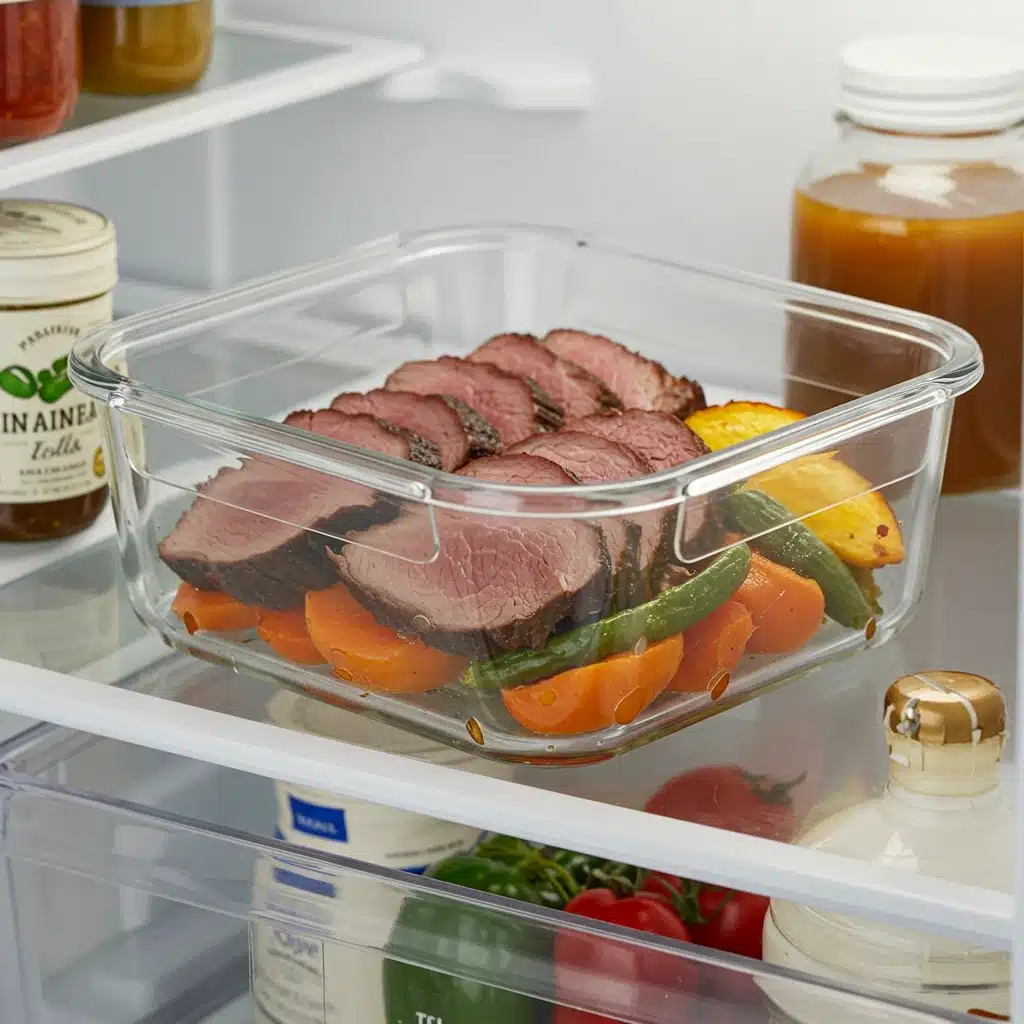
Leftover elk roast is a treasure! Here’s how to store and reheat it to enjoy it again later:
Storing Leftover Elk Roast:
- Cool Properly: Allow the elk roast to cool to room temperature before storing. This prevents condensation from forming in the container, which can lead to bacterial growth.
- Store in Airtight Containers: Transfer the leftover elk roast and gravy (if any) to airtight containers. Store them separately for best results, as the gravy can sometimes become thicker in the refrigerator.
- Refrigerate Promptly: Refrigerate the elk roast within 2 hours of cooking. Store in the refrigerator for up to 3-4 days.
- Freezing for Longer Storage: For longer storage, you can freeze leftover elk roast. Wrap the roast tightly in plastic wrap, then in foil, or place in a freezer-safe bag. Freeze for up to 2-3 months. Thaw overnight in the refrigerator before reheating.
Reheating Elk Roast:
- Oven Reheating (Recommended for Best Texture): Preheat your oven to 325°F (160°C). Place the elk roast in a baking dish with a little beef broth or gravy to keep it moist. Cover the dish with foil and reheat for 20-30 minutes, or until heated through.
- Microwave Reheating (Quick but Can Dry Out): Place sliced or shredded elk roast in a microwave-safe dish with a little broth or gravy. Cover loosely and microwave in short intervals (1-2 minutes), stirring in between, until heated through. Be careful not to overheat, as this can dry out the meat.
- Stovetop Reheating (Good for Shredded Elk): Shred the elk roast and reheat it in a skillet or saucepan over medium heat with a little gravy or broth. Stir occasionally until heated through. This method is great for using leftover elk in tacos, sandwiches, or stews.
Frequently Asked Questions About Making This Elk Roast Recipe

- Q: What cut of elk roast is best for roasting?
- A: Shoulder roast or rump roast are excellent choices for elk roast. They are tougher cuts but become incredibly tender and flavorful when braised or slow-cooked. Look for roasts labeled “elk pot roast” or “elk shoulder roast”.
- Q: Can I use a different type of roast for this recipe?
- A: While this recipe is specifically for elk roast, you can adapt it for other lean roasts like venison roast or beef chuck roast. Cooking times may need to be adjusted depending on the type and size of the roast.
- Q: How do I know when the elk roast is done?
- A: The best way to determine doneness is by checking for tenderness. The elk roast should be easily pierced with a fork and pull apart with minimal resistance. You can also use a meat thermometer; aim for an internal temperature of around 145°F (63°C) for medium-rare to medium.
- Q: Can I make this recipe without red wine?
- A: Yes, you can omit the red wine. Substitute it with an equal amount of beef broth or try adding a tablespoon of balsamic vinegar or cranberry juice for depth of flavor.
- Q: My gravy is too thin/thick, how do I fix it?
- A: If your gravy is too thin, simmer it for a few more minutes to allow it to reduce and thicken. If it’s too thick, whisk in a little more beef broth or water until it reaches your desired consistency.
- Q: Can I add potatoes to the pot while the roast is cooking?
- A: Yes, you can add potatoes to the pot. Add them about 1 hour before the roast is finished cooking, as they will cook faster than the roast. Cut potatoes into large chunks to prevent them from becoming mushy.
Enjoy Your Homemade Elk Roast Recipe!

Congratulations, you’ve just created a truly magnificent elk roast recipe! From the savory sear to the tender, flavorful meat and rich gravy, this dish is sure to impress. Did you love this recipe? Give it a star rating below! Share your culinary masterpiece with friends and family on Instagram @finger_licking_recipes and Pinterest @FingerLicking_Recipes. What are your favorite sides to serve with elk roast? Let us know in the comments below!




